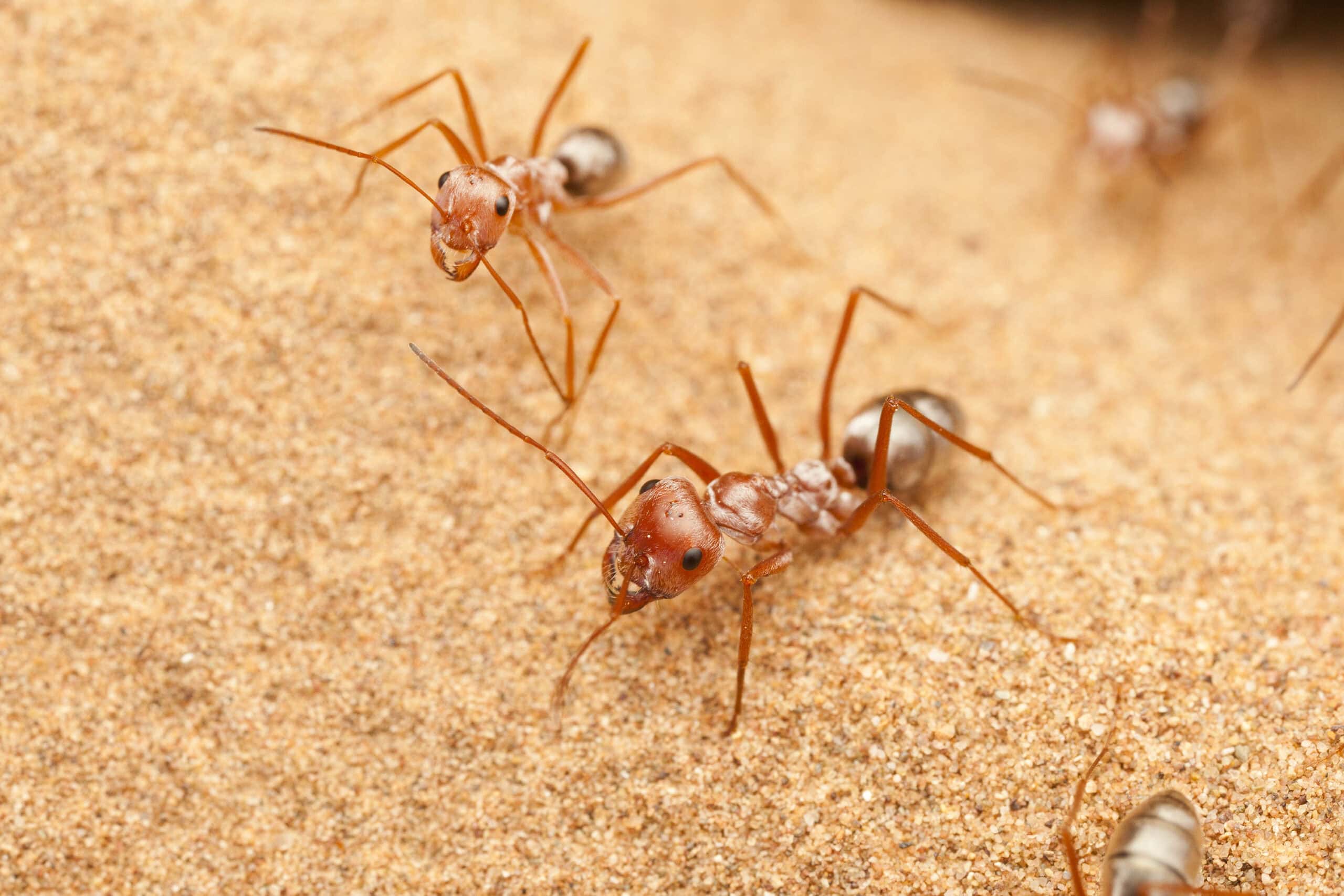The natural world is full of wonders, and some of the most fascinating creatures are those that have adapted to survive in the most extreme environments on Earth. From the icy depths of the ocean to the scorching heat of the desert, these animals have evolved incredible features and behaviors that allow them to thrive where others would perish. This list highlights 15 of the most remarkable examples, showcasing the resilience and adaptability of life in the face of nature’s toughest challenges.
Tardigrade (Water Bear)
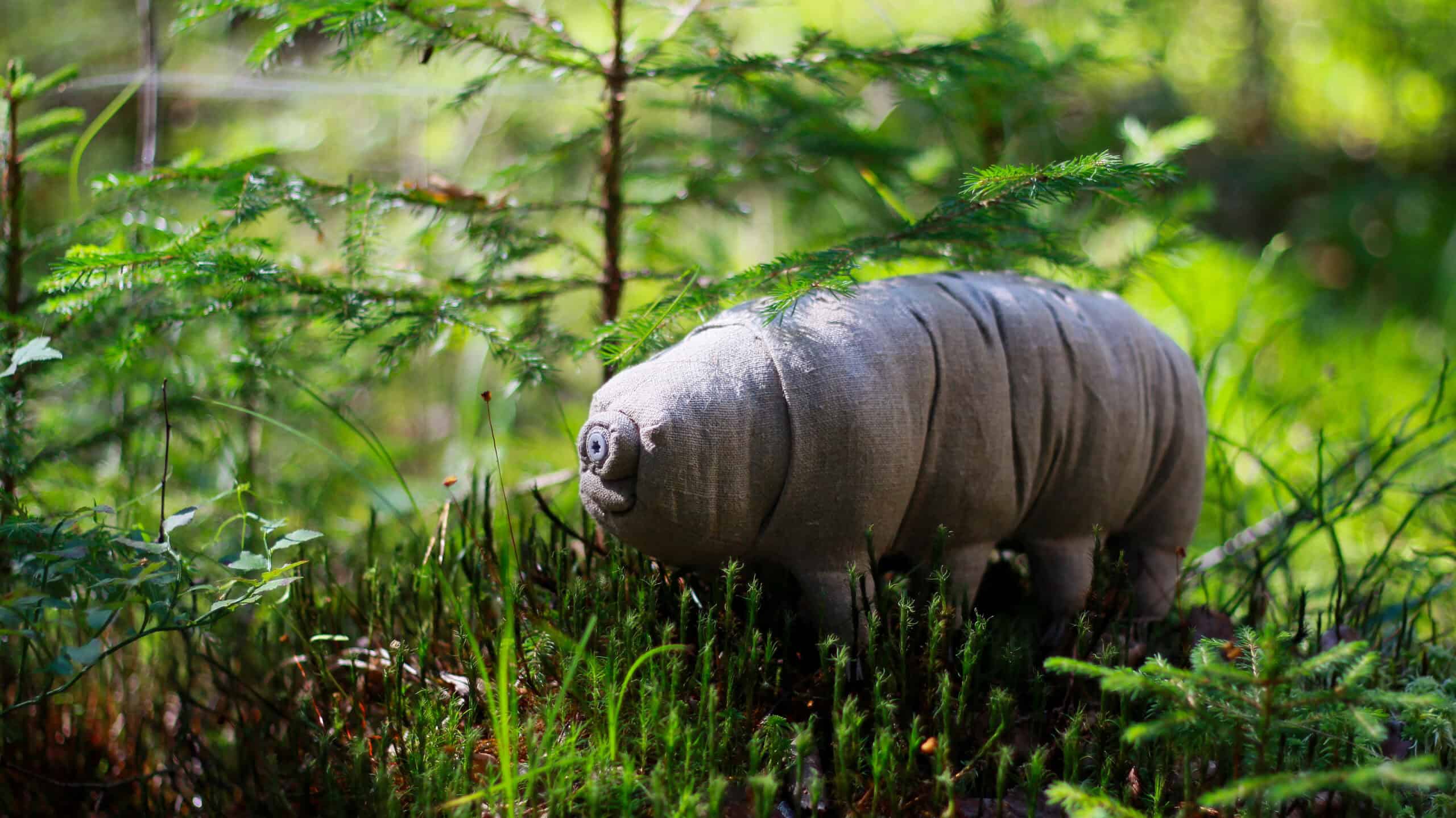
Tardigrades, also known as water bears, are microscopic creatures that have become emblematic of resilience in the face of extreme environments. Measuring only 0.1 to 1.5 millimeters, these organisms are capable of surviving conditions that would obliterate most other life forms. Tardigrades can endure temperatures ranging from just above absolute zero (-272°C) to over 150°C. They are also resistant to extreme pressures, such as those found in deep ocean trenches, and can survive in the vacuum of space. Their secret lies in a state known as cryptobiosis, where they dry out and reduce their metabolism to almost zero, allowing them to withstand radiation, desiccation, and a lack of oxygen for decades. This incredible adaptability has made them subjects of extensive scientific study, particularly in the field of astrobiology, where researchers explore their potential to survive on other planets.
Emperor Penguin
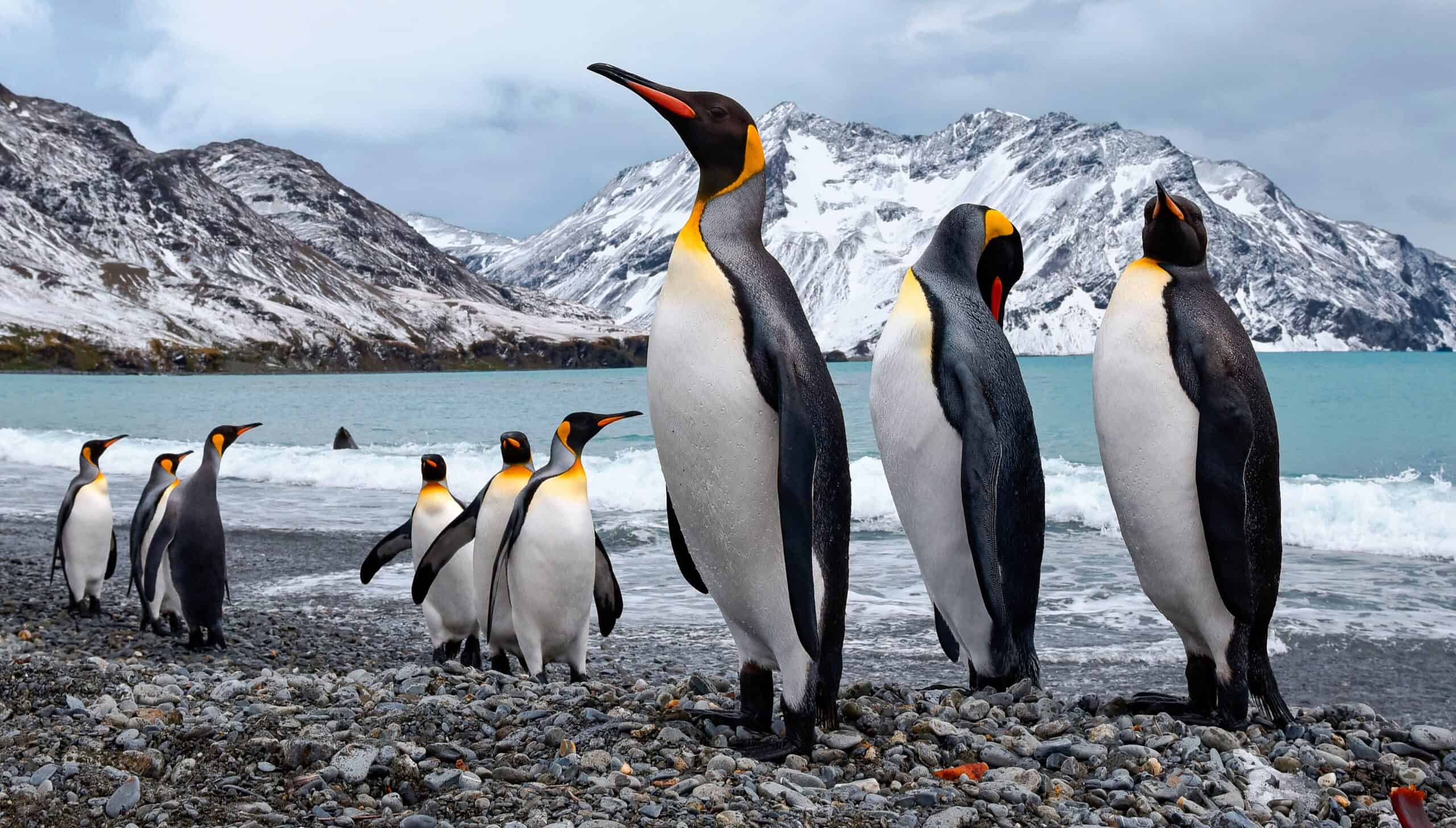
The Emperor Penguin is a master of survival in the frigid, unforgiving environment of Antarctica. These flightless birds endure temperatures as low as -60°C during the Antarctic winter, a feat that no other bird species can match. Their adaptations are remarkable: dense layers of feathers provide insulation, while a thick layer of blubber helps retain body heat. During the harshest winter months, when the sun barely rises, Emperor Penguins huddle together in large groups to conserve warmth. This communal behavior is crucial for survival, as it minimizes heat loss by reducing the surface area exposed to the cold. Additionally, their unique circulatory system allows them to recycle body heat, warming the blood before it returns to the heart. Emperor Penguins are also the only birds that breed during the Antarctic winter, traveling up to 90 miles across the ice to reach their breeding colonies, showcasing their unparalleled resilience.
Sahara Silver Ant
Sahara Silver Ants are some of the most heat-resistant animals on Earth, thriving in the scorching deserts where surface temperatures can exceed 70°C (158°F). These ants have evolved several adaptations to survive such extreme heat. Their bodies are covered in silver hairs that reflect sunlight, significantly reducing the amount of heat absorbed and keeping their body temperature lower than the ambient air. Additionally, they have extremely long legs that elevate their bodies above the hot sand, further minimizing heat exposure. Sahara Silver Ants are also the fastest ants on the planet, able to run at speeds up to 85.5 centimeters per second, which helps them forage for food during the brief window when the temperature is bearable, typically during the hottest part of the day when predators are less active. This combination of physical and behavioral adaptations makes the Sahara Silver Ant a remarkable example of life thriving under extreme conditions.
Pompeii Worm
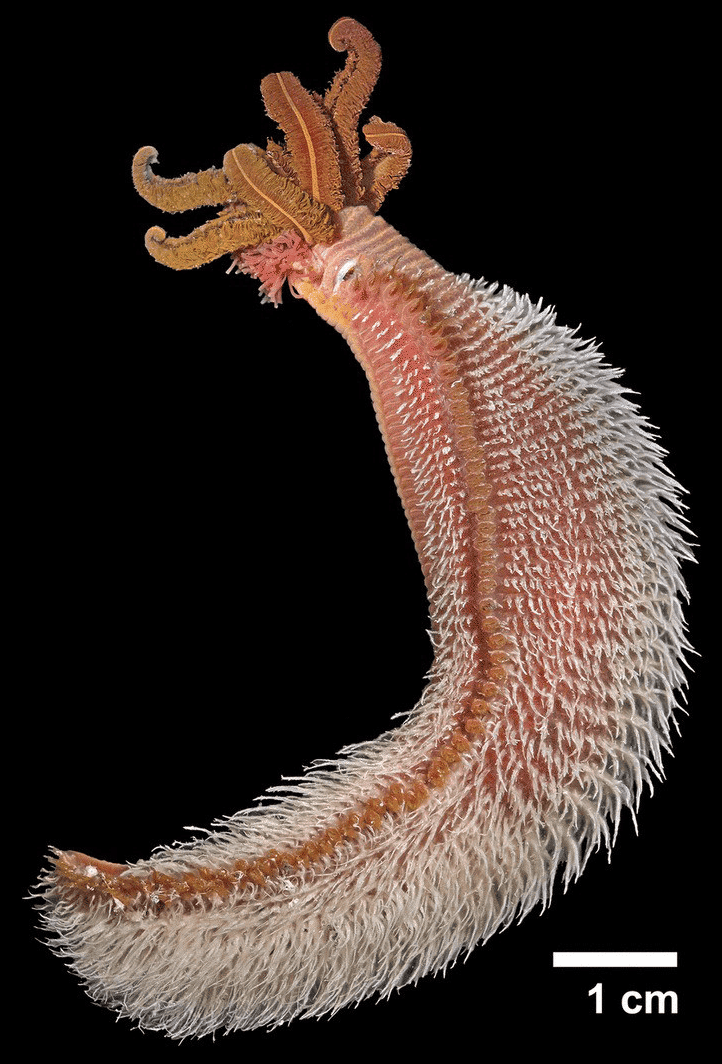
The Pompeii Worm (Alvinella pompejana) is a creature of the deep sea, residing in one of the most extreme environments on Earth—hydrothermal vents. These worms are exposed to temperatures as high as 175°C (347°F), making them one of the most heat-tolerant animals known to science. They live in tubes attached to the sides of these vents, where they experience a gradient of temperatures, with their tails exposed to the scalding water and their heads in cooler waters. The Pompeii Worm’s back is covered in a layer of symbiotic bacteria that forms a fleecy blanket, thought to provide some protection against the extreme heat. These bacteria are sustained by the worm’s secretions of a mucus-like substance, which they consume. The worm, in turn, may benefit from the bacteria’s ability to detoxify the harsh chemicals present in the vent waters. This symbiotic relationship is a key factor in the Pompeii Worm’s survival in such a hostile environment.
Axolotl
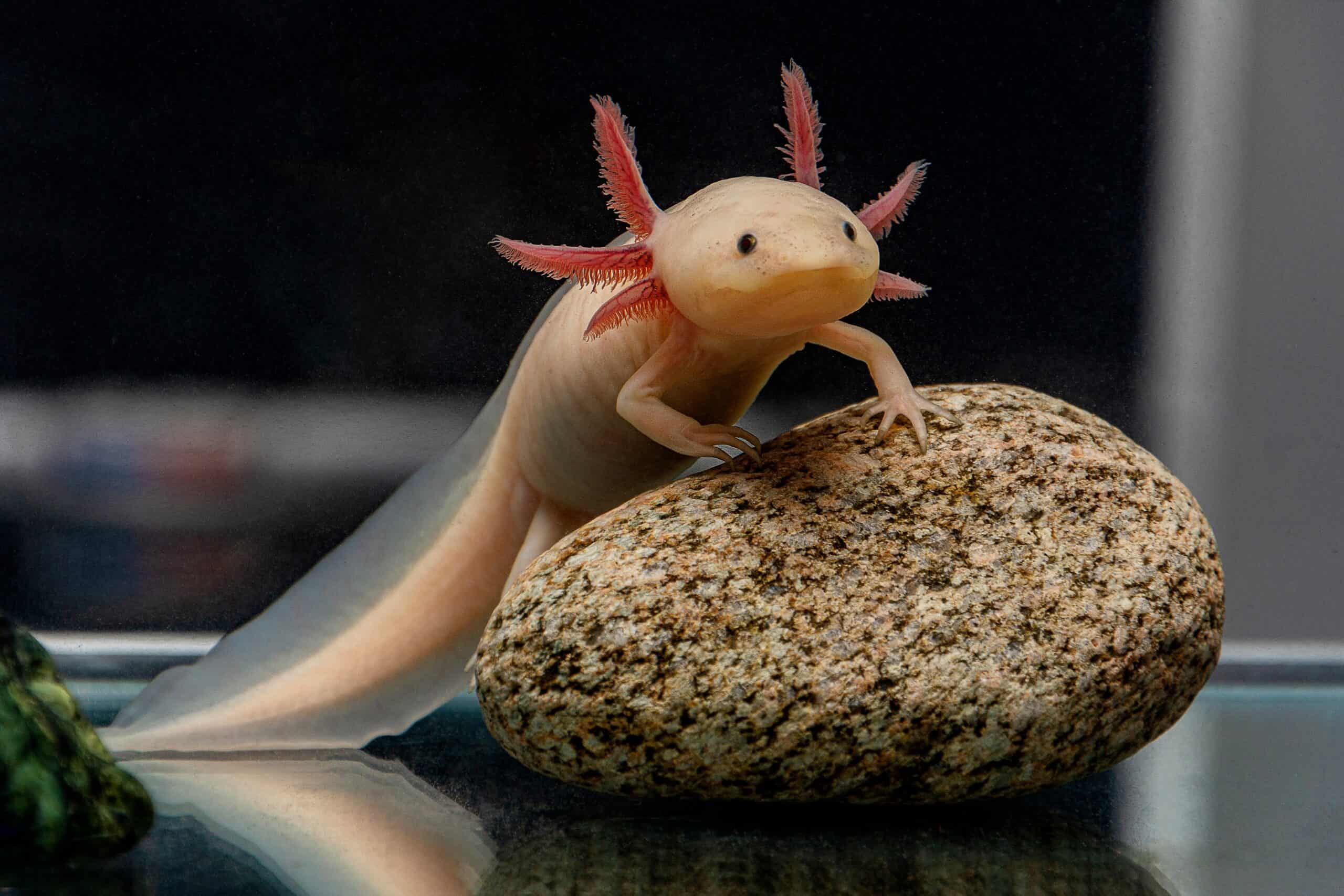
The Axolotl, a neotenic salamander native to the lakes of Mexico, is an extraordinary amphibian with a unique ability to regenerate lost body parts, including limbs, the spinal cord, and even parts of the brain and heart. Unlike most amphibians, which undergo metamorphosis from a juvenile aquatic stage to a terrestrial adult stage, Axolotls retain their larval features throughout their lives, a condition known as neoteny. This means they remain fully aquatic, with gills and a dorsal fin extending the length of their bodies, while still reaching sexual maturity. The Axolotl’s regenerative abilities are of significant interest to scientists, particularly in the fields of regenerative medicine and biology, as understanding the mechanisms behind this process could have profound implications for human medicine. These creatures are also well-adapted to low-oxygen environments, thanks to their ability to absorb oxygen through their skin and gills, making them resilient in the deep, murky waters of their native habitat.
Camel
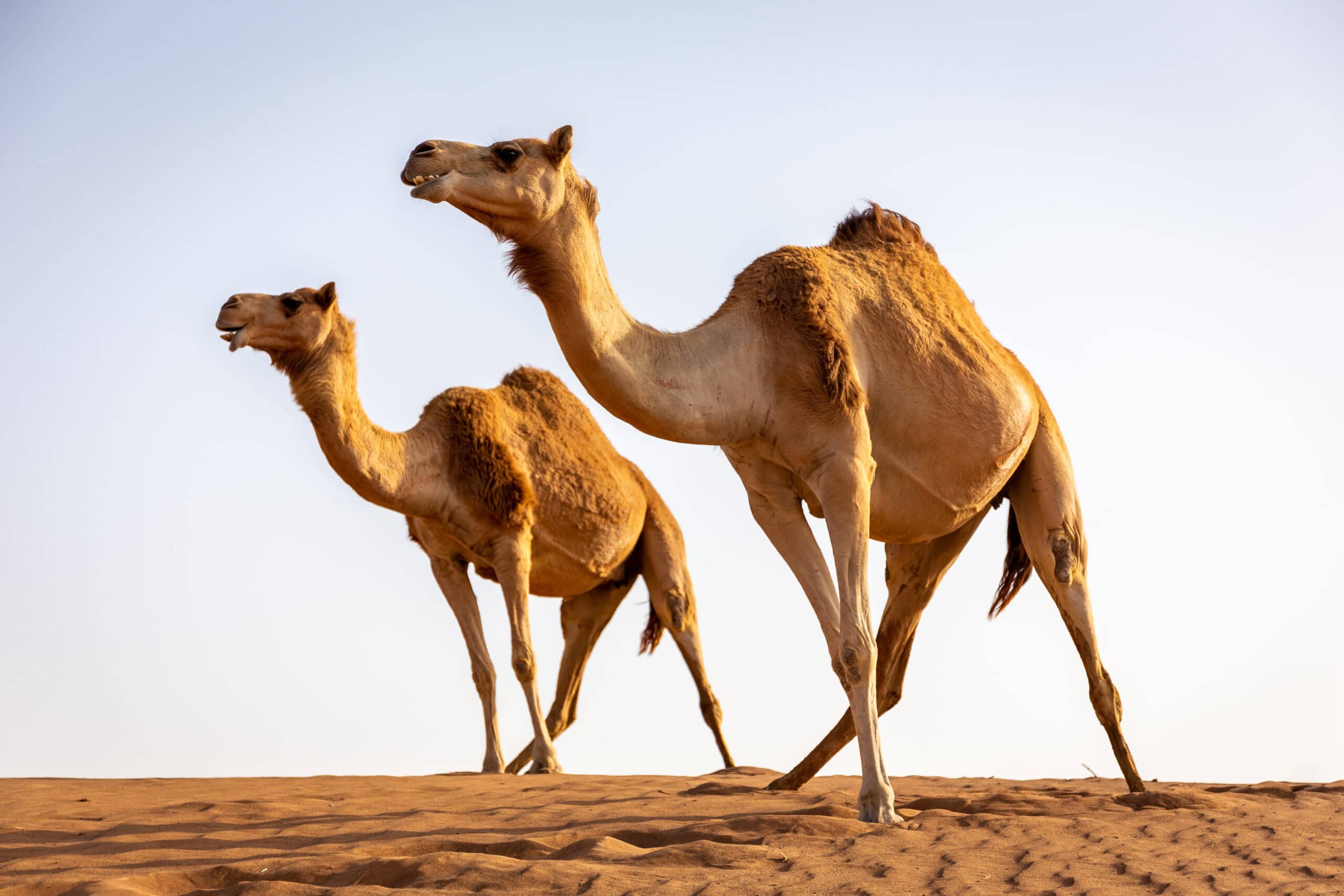
Camels, often referred to as the “ships of the desert,” are iconic symbols of survival in some of the most inhospitable environments on Earth. These remarkable animals are perfectly adapted to life in the harsh, arid deserts of the Middle East, North Africa, and parts of Asia. Their most famous adaptation is their ability to go for weeks without water, thanks to their humps, which store fat that can be metabolized into water and energy. Camels can drink up to 40 gallons of water in one go when it is available, and their bodies are incredibly efficient at retaining it, minimizing water loss through sweating and exhalation. Their thick fur provides insulation from the heat of the sun while keeping their bodies cool, and their long eyelashes, bushy eyebrows, and closable nostrils protect them from sand and dust. Camels also have broad, flat feet that distribute their weight evenly on the sand, preventing them from sinking. These adaptations enable camels to travel long distances across vast deserts, making them indispensable to the people who inhabit these regions.
Yeti Crab
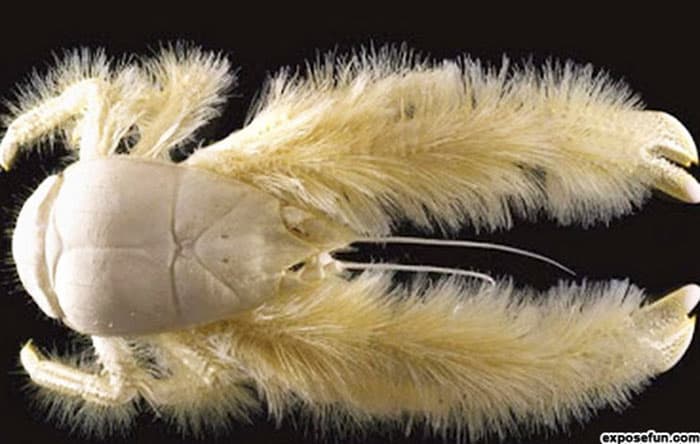
The Yeti Crab (Kiwa hirsuta) is a deep-sea creature that lives in the extreme environment of hydrothermal vents in the South Pacific Ocean. These crabs, named for their long, hairy claws that resemble the mythical Yeti, are adapted to survive in the pitch-dark, high-pressure environment of the deep sea. The “hair” on their claws is actually made up of dense colonies of bacteria, which the crabs cultivate and use as a primary food source. The Yeti Crab’s diet is supplemented by other organisms that inhabit the hydrothermal vent ecosystem, but its ability to grow its food on its own body is a unique adaptation to an environment where food is scarce. The crabs are also resistant to the toxic chemicals emitted by the vents, thanks to a unique biochemical resistance, allowing them to thrive in conditions that would be lethal to most other life forms.
Snow Leopard
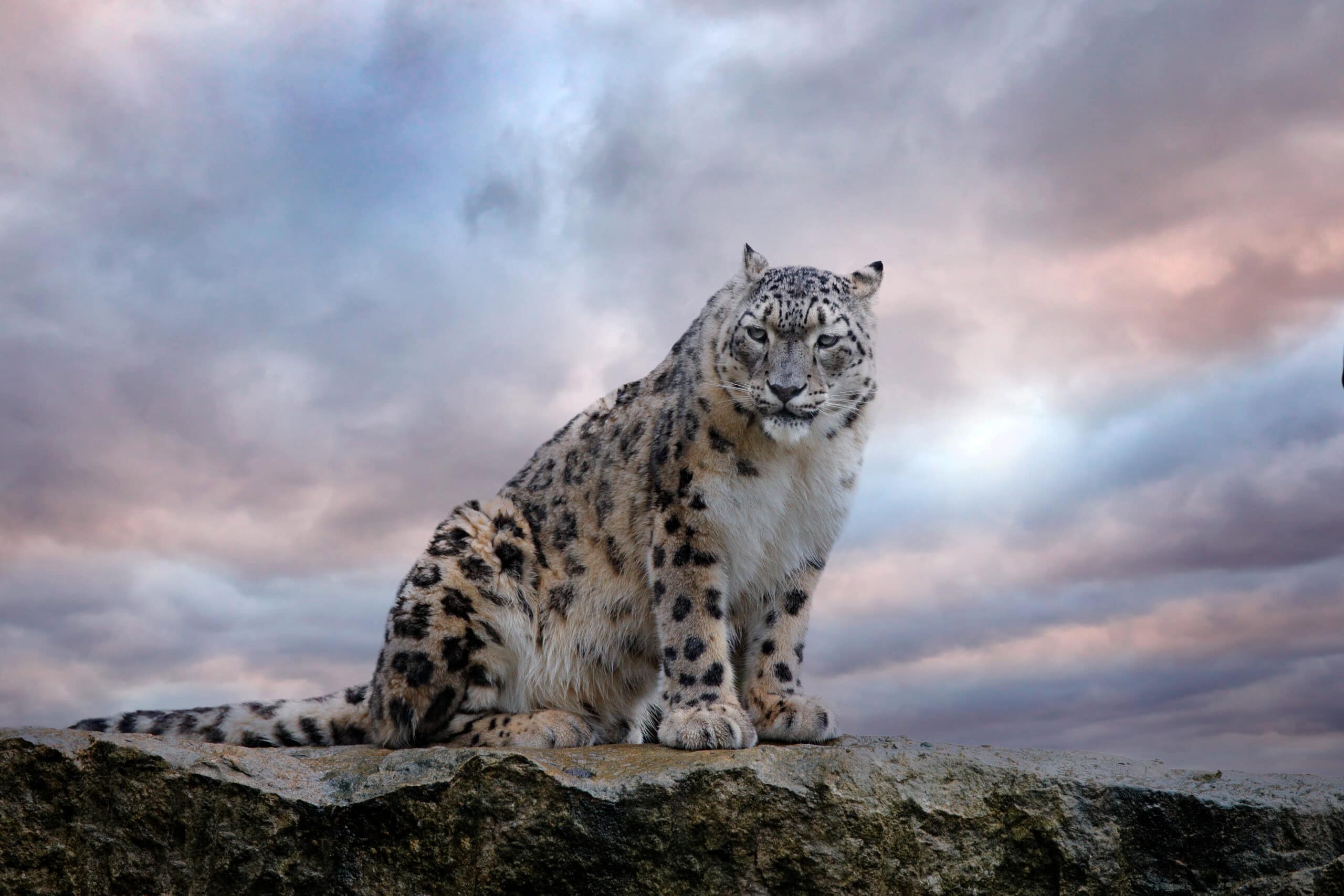
Snow Leopards are one of the most elusive and well-adapted predators in the world, perfectly suited to the cold, rugged mountainous regions of Central Asia, including the Himalayas. These big cats have thick, soft fur that provides insulation against the freezing temperatures, and their large, bushy tails, which they use for balance while navigating steep, rocky terrain, also serve as a blanket when they rest. Snow Leopards have large nasal cavities that warm the cold air before it reaches their lungs, an adaptation crucial for breathing in oxygen-poor high-altitude environments. Their powerful build and strong, large paws allow them to move silently and efficiently over snow and rocks, making them formidable hunters of the mountain’s sheep and goats. Despite their size and power, Snow Leopards are known for their solitary and secretive nature, often remaining hidden from human eyes, contributing to their status as a symbol of wilderness and conservation efforts.
Antarctic Icefish
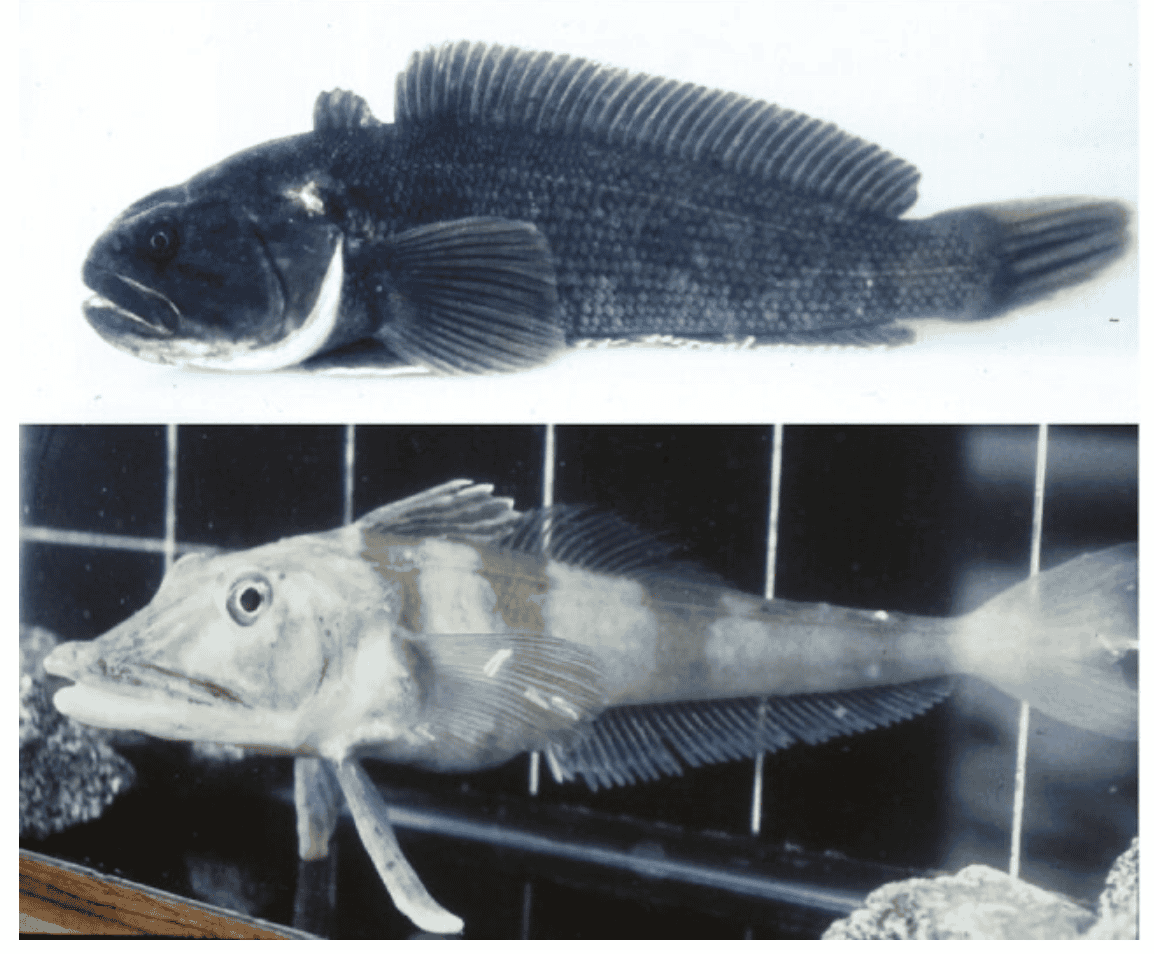
Antarctic Icefish are remarkable for their ability to thrive in the icy waters of the Southern Ocean, where temperatures can drop below freezing. These fish have evolved several unique adaptations that enable them to survive in such extreme cold. One of the most notable is their lack of hemoglobin in their blood, which is unusual among vertebrates. This adaptation makes their blood less viscous, allowing it to circulate more easily at low temperatures. In addition to this, Antarctic Icefish produce a special antifreeze protein that prevents the formation of ice crystals in their blood and body fluids. This protein binds to tiny ice crystals, inhibiting their growth and effectively lowering the freezing point of the fish’s bodily fluids. These adaptations have enabled the Antarctic Icefish to dominate a niche environment where few other species can survive, making them a key part of the Southern Ocean’s unique ecosystem.
West African Lungfish

The West African Lungfish is an extraordinary example of an animal that has adapted to survive in extreme conditions by evolving a dual respiratory system. During the dry season, when water sources dry up, the Lungfish buries itself in the mud, secretes a mucus cocoon, and enters a state of estivation, a form of hibernation. In this state, it slows its metabolism dramatically and relies on its ability to breathe air through lungs, which are actually modified swim bladders. This adaptation allows the Lungfish to survive for months, and in some cases even years, until the rains return and it can emerge from its cocoon to resume its life. This ability to survive prolonged periods without water makes the West African Lungfish one of the most resilient freshwater species in the world, and a fascinating subject of study for scientists interested in evolutionary biology and the adaptations of life to extreme environments.
Siberian Salamander
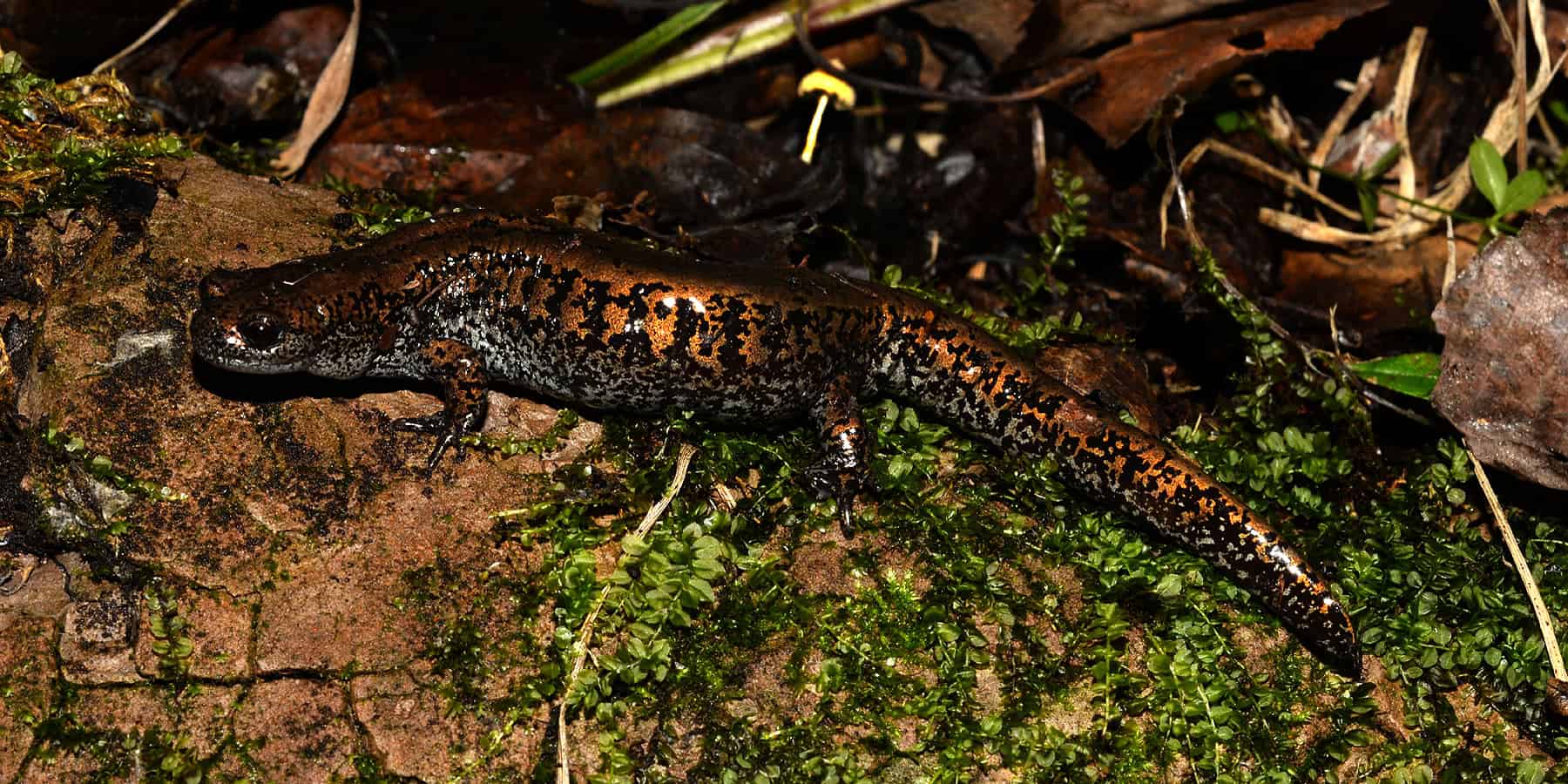
The Siberian Salamander is a remarkable amphibian that has adapted to survive in one of the coldest environments on Earth. Found in northern Russia, where temperatures can plummet to as low as -50°C (-58°F), this salamander has the unique ability to freeze solid during the winter months and then thaw out and resume its life when the temperatures rise in the spring. This process is facilitated by the accumulation of cryoprotectants in its tissues, which prevent ice crystals from forming and damaging its cells. The Siberian Salamander’s ability to survive in such extreme cold is unparalleled among amphibians, making it a true marvel of nature and a subject of great interest to scientists studying the effects of extreme cold on living organisms.
Mountain Stone Weta
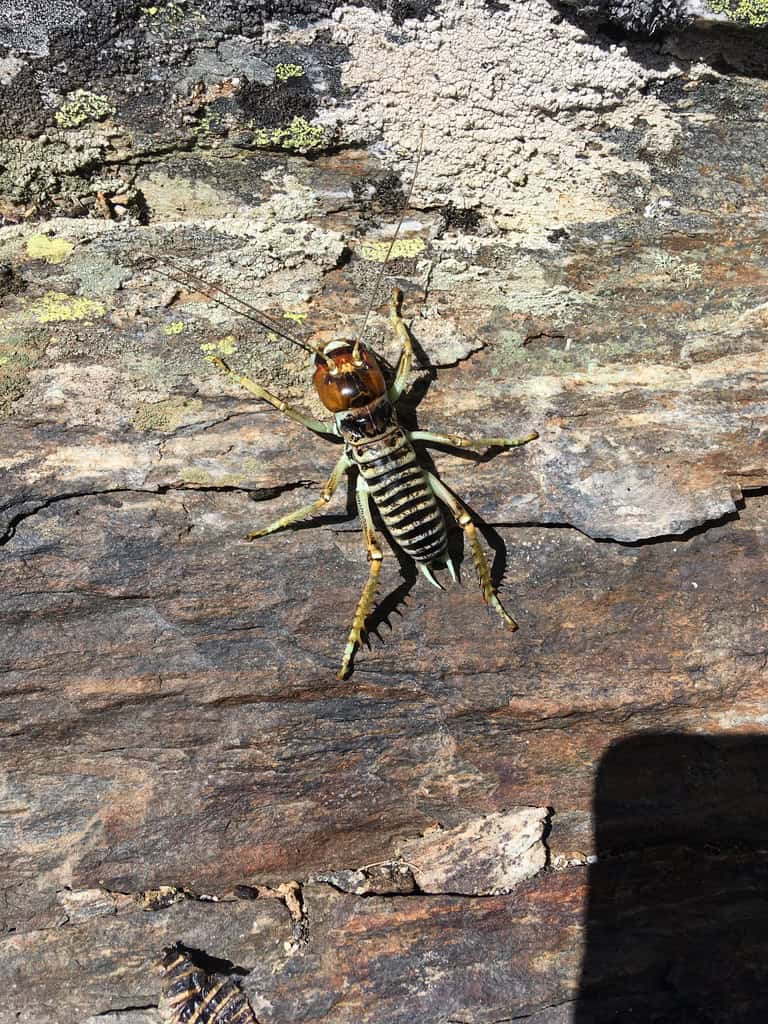
The Mountain Stone Weta, native to New Zealand, is one of the most cold-tolerant insects on the planet. This large, flightless cricket has adapted to survive in the freezing conditions of the Southern Alps, where temperatures regularly drop below zero. During the winter months, the Weta can survive being frozen solid, thanks to the production of special proteins that act as antifreeze, preventing ice crystals from forming in its tissues. When the temperature rises again, the Weta thaws out and continues its life as normal. This remarkable adaptation allows the Mountain Stone Weta to thrive in an environment where few other insects can survive, making it one of the most extraordinary examples of resilience in the face of extreme cold.
Polar Bear
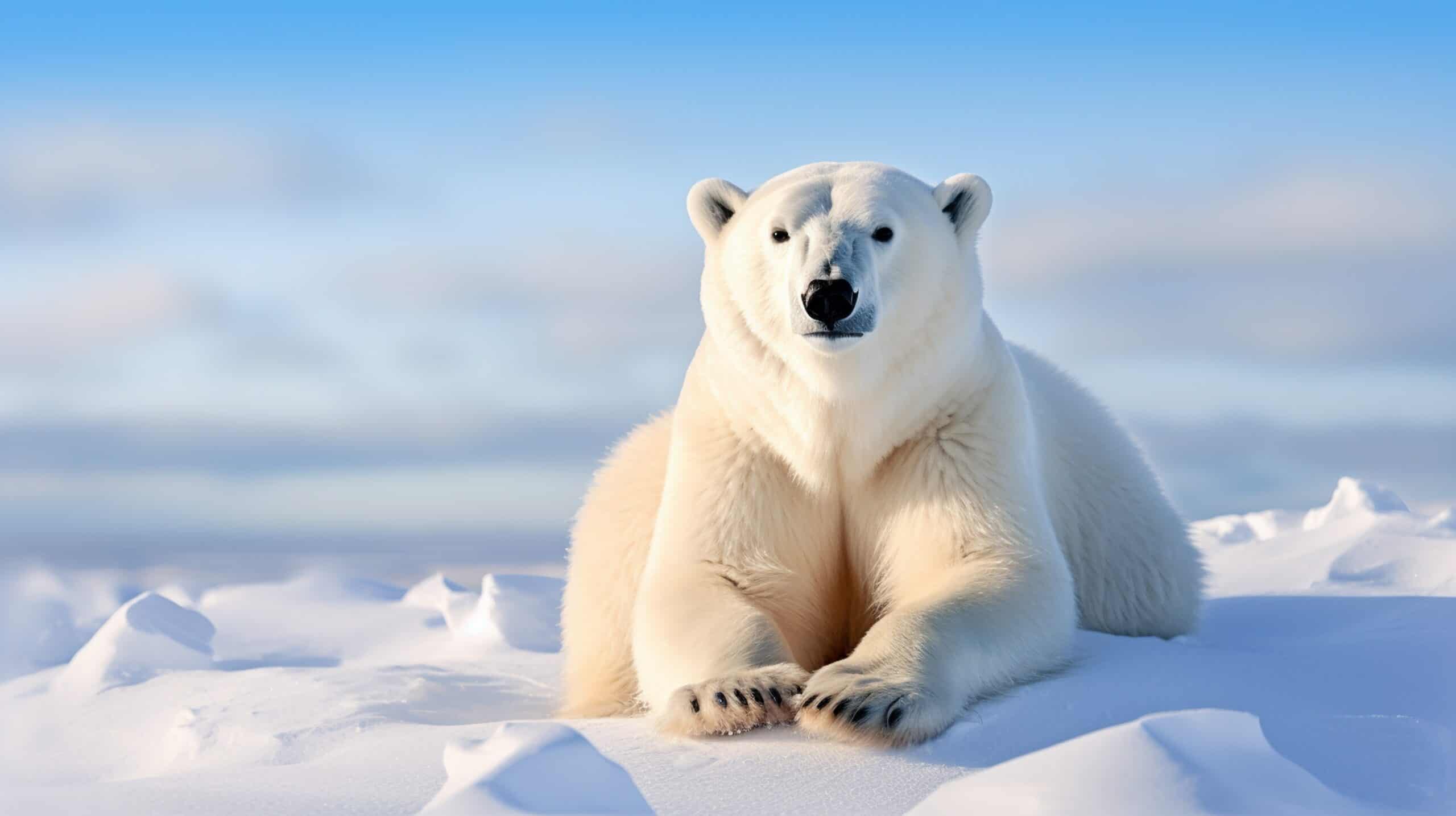
The Polar Bear is the apex predator of the Arctic, perfectly adapted to survive in one of the harshest environments on Earth. These massive bears have a thick layer of blubber, up to 4.5 inches thick, which provides insulation against the extreme cold and serves as an energy reserve during times of scarcity. Their fur is also specially adapted for life in the Arctic; it is not actually white but transparent, with each hair acting like a fiber-optic tube that channels sunlight to their black skin, which absorbs heat. Polar Bears have large, wide paws that help them distribute their weight when walking on thin ice and are equipped with small bumps and grooves on their footpads that provide traction on slippery surfaces. Their ability to swim long distances in icy waters, combined with their sharp sense of smell, allows them to hunt seals, their primary food source, making them one of the most formidable and well-adapted animals in the Arctic.
Frilled Shark
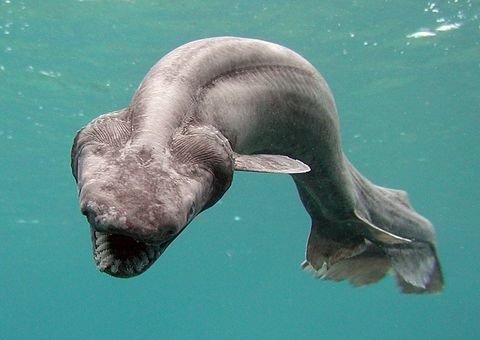
The Frilled Shark is a living fossil, a deep-sea predator that has remained virtually unchanged for millions of years. Found at depths of up to 5,000 feet, this shark is well-adapted to life in the cold, dark abyss of the ocean. It has a long, eel-like body and rows of needle-sharp teeth that are perfect for snagging prey. The Frilled Shark is named for the frill-like gills that encircle its neck, which allow it to breathe in the low-oxygen environments of the deep sea. Its ability to survive in such extreme conditions, where food is scarce and temperatures are near freezing, makes the Frilled Shark one of the most extraordinary creatures of the deep ocean.
Pacific Viperfish
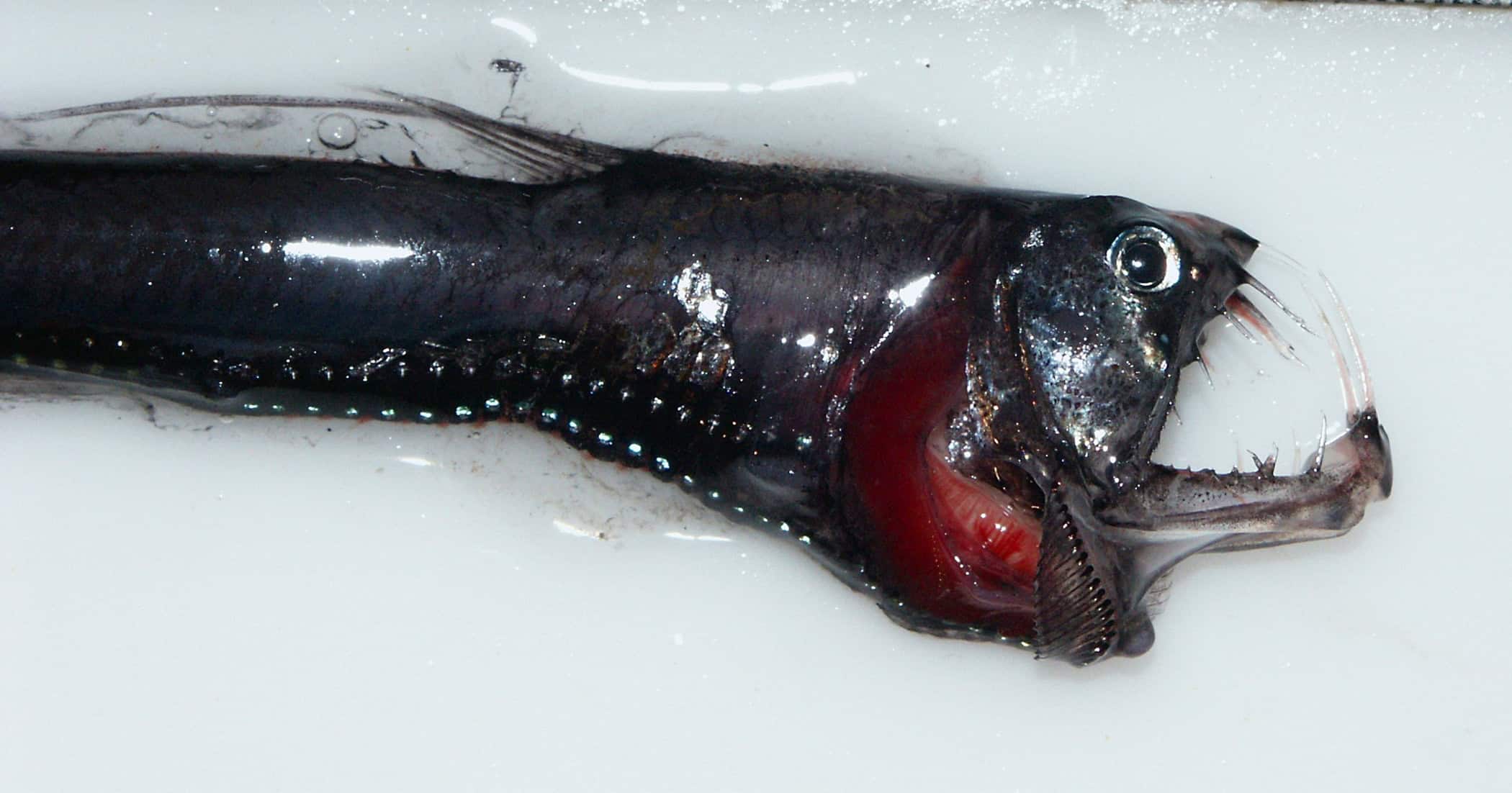
The Pacific Viperfish is one of the most fearsome predators of the deep sea, adapted to survive in the dark, high-pressure environment of the ocean’s depths. Found at depths of up to 14,435 feet, these fish have long, needle-like teeth and a hinged lower jaw that allows them to consume prey almost half their size. Their bodies are equipped with photophores, which produce bioluminescent light, allowing them to attract prey in the pitch-black waters of the deep sea. The Pacific Viperfish’s ability to survive in such extreme conditions, where temperatures are near freezing, and pressure is immense, makes it one of the most extraordinary examples of adaptation in the animal kingdom.
This article originally appeared on Rarest.org.
More from Rarest.org
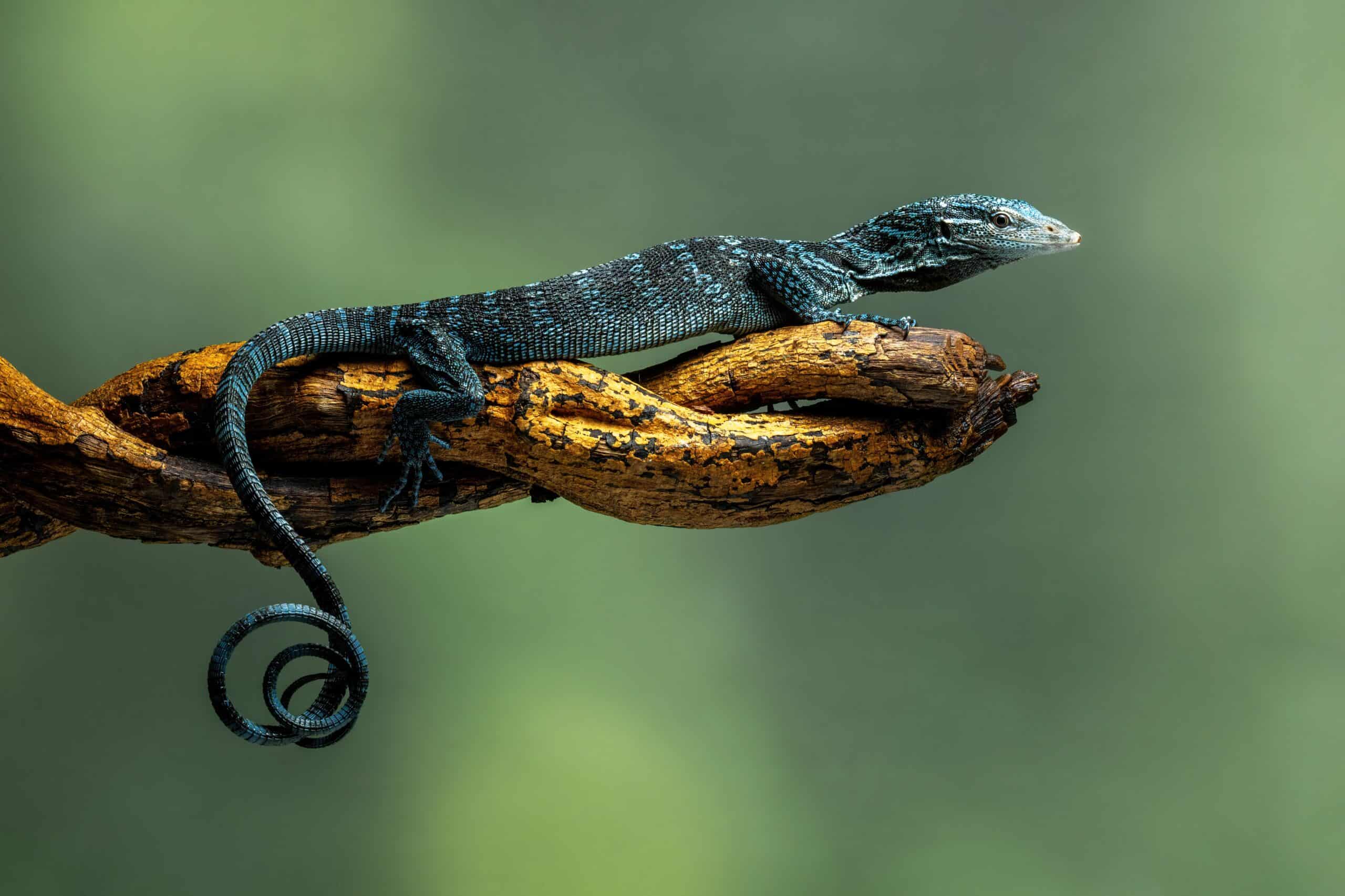
Collecting reptiles is a fascinating hobby that appeals to enthusiasts worldwide. Some species are highly prized for their unique characteristics, colors, and rarity. Read more.
9 High-End Rural Retreats for Ultimate Relaxation

When it comes to escaping the hustle and bustle of city life, few experiences can match the tranquility and luxury of a rural retreat. These havens offer a perfect blend of natural beauty, top-notch amenities, and unparalleled service. Read more.
19 Most Mysterious Caves Around the World

Exploring the world’s most mysterious caves offers a unique glimpse into nature’s wonders and ancient histories. These caves, hidden beneath the surface, hold secrets that range from stunning geological formations to ancient artworks and unique ecosystems. Read more.

